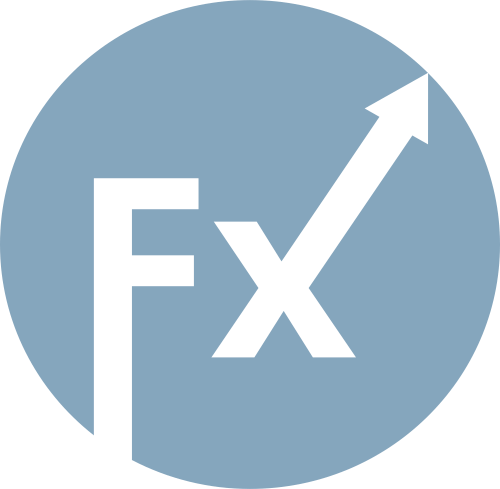

Gold futures declined as traders continue to await clarification from the White House regarding its tariff policy, after a U.S. government agency shocked the market last week by officially ruling that 100-ounce and one-kilogram gold bars would be subject to additional tariffs.
Investors, accustomed to viewing gold as a safe haven during periods of economic instability, are now being forced to reassess their strategies and factor in a new risk — the unpredictability of government policy. The question remains whether this is an isolated case or the start of a new wave of protectionist measures, and this uncertainty is weighing on prices. Moreover, uncertainty over gold tariffs is indirectly affecting other sectors of the economy. Companies producing jewelry and electronic components are having to revise their cost structures and forecast potential consequences for their operations.
The Trump administration has said it will soon release a clarification on what it initially called misinformation about the introduction of gold tariffs. Clearly, some form of restrictions will be implemented, but the question remains: what exactly and in what form? The price difference between U.S. and London quotes has narrowed, after reaching a spread of 60 dollars per ounce and surging to over 100 dollars at its peak in response to the initial shock over the tariffs.
It is evident that Washington's policy has broad implications for the global flow of gold and potentially for the smooth operation of U.S. gold futures contracts. The administration exempted the precious metal from tariffs back in April, and according to traders, until the long-term situation becomes clear, precious metals markets will remain on edge.
Since the start of the year, the price of gold has risen by about 30%, though most of this growth occurred in the first four months amid geopolitical and trade tensions. On Friday, prices posted their second consecutive weekly gain.
This week, traders will be watching U.S. inflation data to gauge the Federal Reserve's approach to interest rates in the coming months. Economists expect that consumer prices, excluding volatile food and energy components, rose by 0.3% in July, accelerating from a 0.2% gain in the previous month.
The meeting between Putin and Trump will also be of key importance. Their agreements will influence the degree of risk appetite or aversion among investors, which will certainly be reflected in gold prices. Significant progress in the talks could exert downward pressure on the metal.
As for the current technical picture for gold, buyers need to break through the nearest resistance at 3,400 dollars. This would allow them to target 3,444 dollars, above which a breakout will be quite challenging. The ultimate target would be the 3,490-dollar area. In the event of a decline, the bears will attempt to take control of the 3,369-dollar level. If they succeed, breaking this range would deal a serious blow to the bulls' positions and push gold down to the 3,341-dollar low, with the prospect of reaching 3,313 dollars.

QUICK LINKS